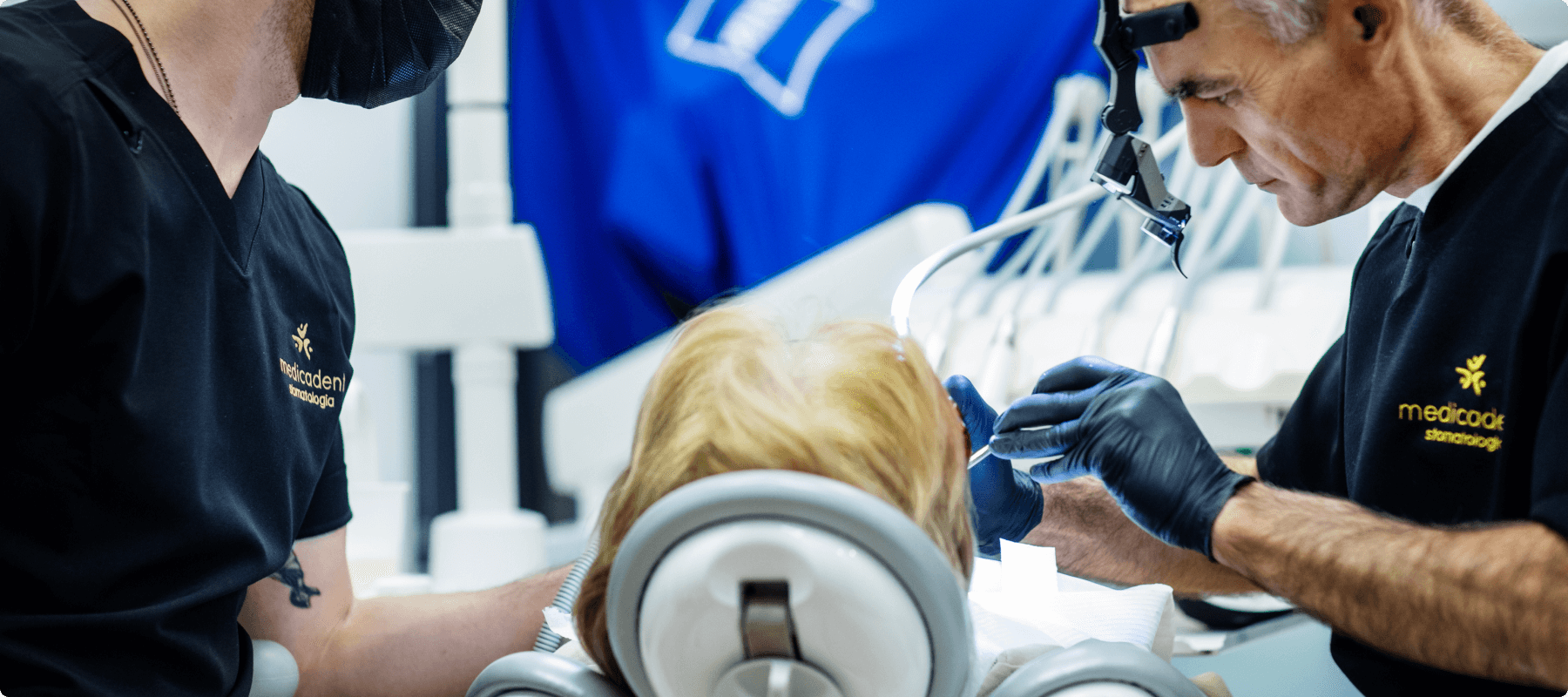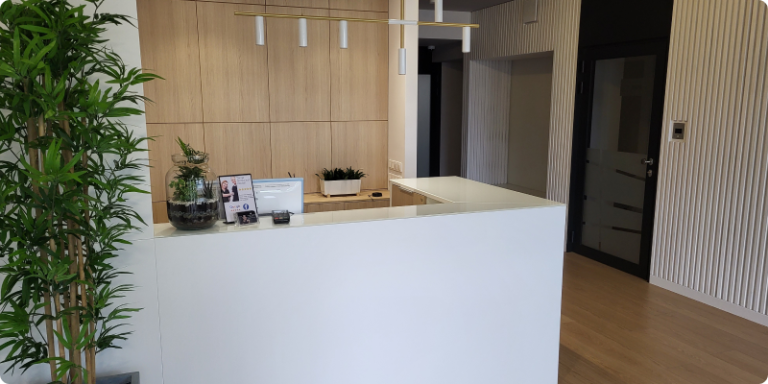Although a standard visit to the dentist usually involves the need for a new filling or taking care of oral hygiene, there are cases when a slightly larger intervention is necessary, namely a surgical procedure. Dental surgery is usually associated with tooth extraction, but it includes more medical procedures. Regardless of the type of procedure, we always perform it in our clinic with local anesthesia, making the process completely painless for the patient.
Thanks to innovative technologies, our team is able to provide patients with faster, more precise, and more effective treatment, resulting in better outcomes and increased patient safety. Our diagnostic equipment is of the highest quality, allowing for accurate diagnosis and precise treatment planning. Keeping the well-being and comfort of our patients in mind, we use painless and stress-free anesthesia methods, including computerized anesthesia –The Wand, or nitrous oxide sedation. In addition, discomfort during injection is eliminated by using anesthetic gel. We use modern technology during procedures, such as CBCT computer tomography or tissue regeneration control.
We offer our patients procedures such as wisdom tooth extraction, root resections, and frenectomies, among others.
Surgical procedures at Medicadent
As part of the cleaning procedure, we offer:
- Wisdom tooth extraction,
- Extraction of unerupted teeth,
- Root end resections,
- Hemisections,
- Abscess treatment,
- Frenectomy,
- Oral lesion excision,
- Surgical preparation of the oral cavity for orthodontic or prosthetic treatment.





